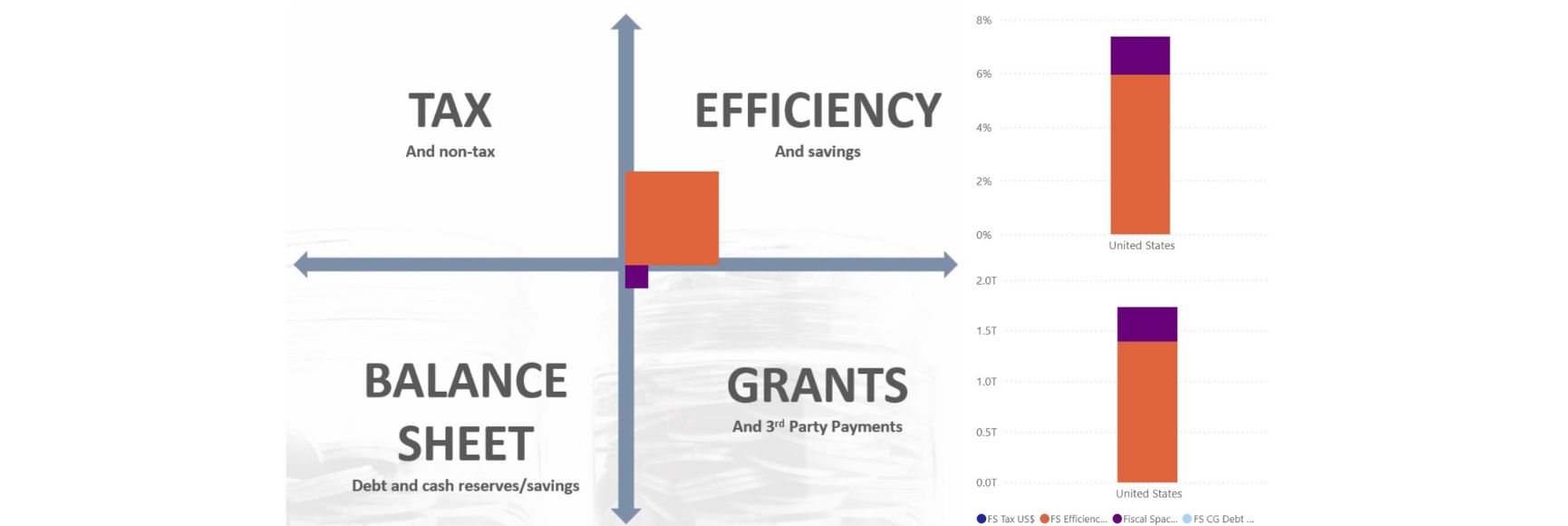During a recent workshop for the Pacific Island Countries in Fiji[1], participants agreed that it is time to think again about the basic elements of a PFM reform strategy. In 1998, Allen Schick, an eminent political scientist in the USA, wrote a seminal paper on “Back to the Basics” on PFM. The paper was a response to the over-optimistic reform plans found in most low- and middle-income developing countries. Instead of pushing ahead rapidly with implementing “best practice” PFM processes – program budgeting and accrual accounting are classic examples and mistakes - countries should focus on basic reforms as preconditions for the more advanced techniques. But what are these basic reforms, and do they constitute a coherent and realistic reform strategy?
At about the same time, Peter Brooke proposed that countries should undertake PFM reforms in a series of stages or “platforms”, starting from the basics, and building up in successive platforms to more advanced reforms. Unfortunately, Brooke’s concept, elegant in theory, did not work in practice. When piloted in Cambodia in 2006, the approach broke down after a few years. Ministers and senior officials became impatient with being restricted to the “basics first” platform and insisted on moving forward with later platforms before the country had prepared the ground. Failure quickly followed.
Sadly, though some of Schick’s concepts of basic reforms now look a little dated, many countries other than Cambodia have ignored his (and Peter Brooke’s) sage advice. They continue to pursue reforms that look attractive on paper, aim for best practice, but fail to deliver results. Insufficient attention is paid to vital issues of prioritizing and sequencing the reform measures.
The Indonesian government’s PFM reform strategy for 2019-2023, issued in July 2019, is a good example of what not to do. This massive 172-page document – not including several hundred pages of detailed action plans – covers much of the budget cycle as well as revenues and inter-governmental finance. Scarcely a PFM stone is left unturned. 36 reform components are divided into 75 key activities. Not surprisingly, fewer than one in 20 of the reforms have so far been implemented. Lack of prioritization and sequencing lead inevitably to low impact.
What can be done to improve the quality and tractability of PFM reform strategies?
First, governments frequently complain about lack of human and IT capacity to implement reforms. This can be an issue but is not the whole story. Some of the island nations in the Pacific are among the smallest countries in the world. For example, the Cook Islands, Niue, Nauru, and Tuvalu have a population of around 10,000 inhabitants or less. Budgets and PFM reform strategies are managed by a handful of officials. But smallness of size and lack of capacity can bring some advantages, flexibility in the use of staff resources and nimbleness of decision making in particular. Countries such as the Cook Islands produce excellent budget statements and fiscal risk reports. Larger countries can become bogged down in the bureaucracy of decision making. For example, Samoa – a country with otherwise strong budget institutions (and a population of only 200,000) - has eight layers of committees and working groups through which decisions on PFM reform must be channeled.
Second, the basics matter. For example, countries are mistaken in focusing on developing a medium-term budget framework while their annual budget delivers funding ceiling that are often substantially changed during the year. In general, multi-annual budget frameworks are unlikely to be useful until countries have developed a credible medium-term fiscal framework supported by appropriate fiscal policies and targets. A sound budget classification system and chart of accounts are essential to virtually everything in the PFM space. A reliable and timely financial reporting system is fundamental to enacting good fiscal policies and fiscal rules. In a world that increasingly cares about transparency, building up the functions and independence of a country’s national audit office should also be given priority. More research is needed to update Schick and define what components of the PFM cycle – and PFM reform plans - constitute “basic” elements.
Third, all measures in a PFM reform strategy should go through at least a basic cost-benefit analysis. Except in the case of large IT infrastructure projects this analysis need not be elaborate, but it should at a minimum make a simple (and to the extent possible a quantitative) evaluation to determine that the sum of the expected benefits of any initiative exceed its costs and will contribute to improved efficiency of PFM functions and better public services.
Fourth, almost no country – nor international organizations or development partners for that matter – pay much attention to the change management issues related to PFM reform. How will a proposed reform impact on different groups of public officials and stakeholders outside government? How will it affect the behavior of these officials and provide incentives for them to carry out their functions and tasks efficiently and effectively? Who are the leaders and champions of PFM reform within government and how can their support be mobilized?
Tools such as ADKAR are available to help countries or their technical advisors analyze change management issues and come up with solutions for phasing reforms, building support and eliminating pockets of resistance (see prosci.com/methodology/adkar). These tools have been widely used in the private sector but are equally applicable to reforms initiated by governments. Because of the high vulnerability of PFM institutions to governance challenges, corruption and fraud, these approaches and tools have a special relevance and should be applied much more systematically across the public sector.
[1] Organized by Paul Seeds and Iulai Lavea of the IMF’s Pacific Islands Technical Assistance Center (PFTAC) from November 29th to December 2nd, 2022.





